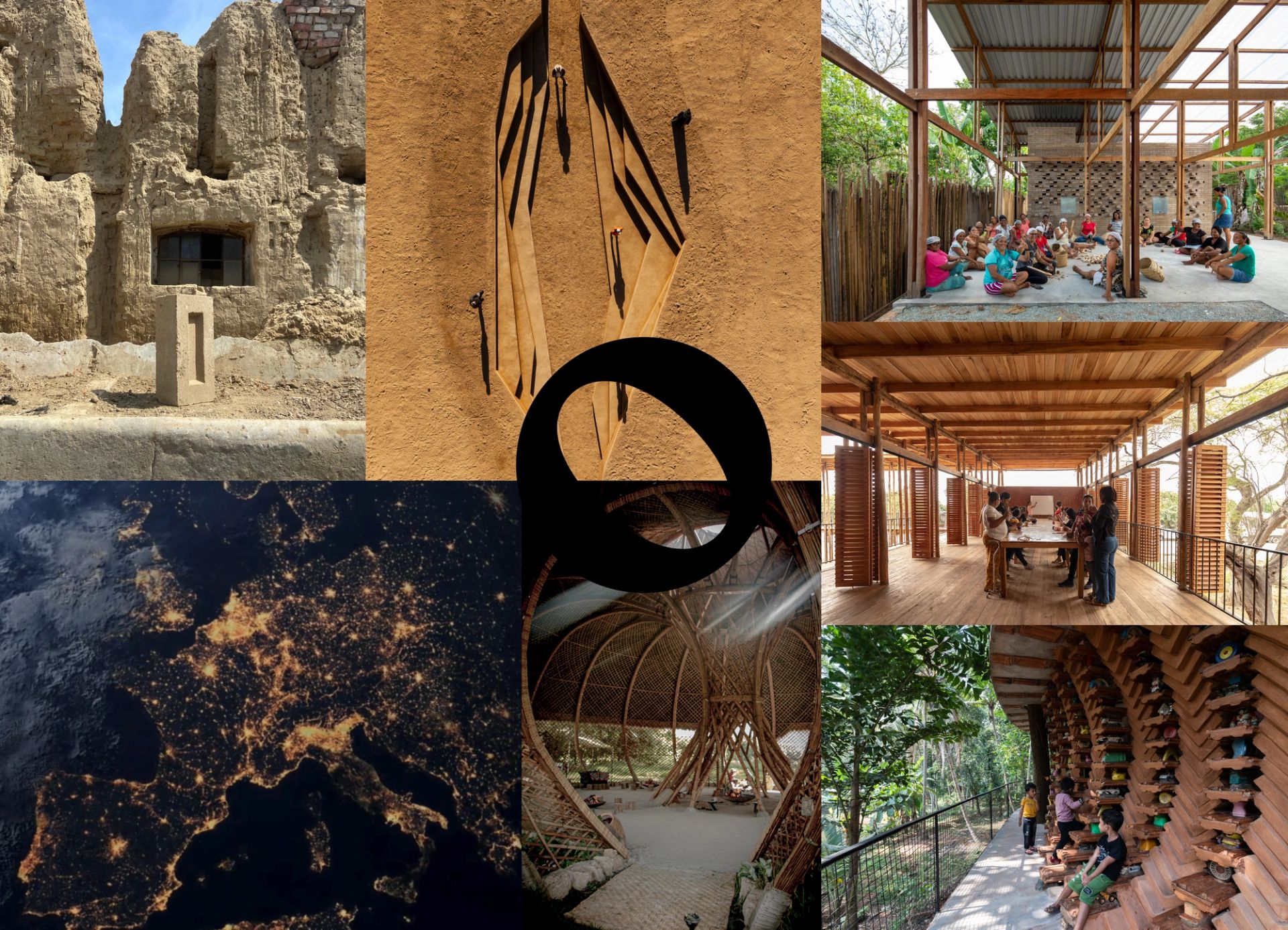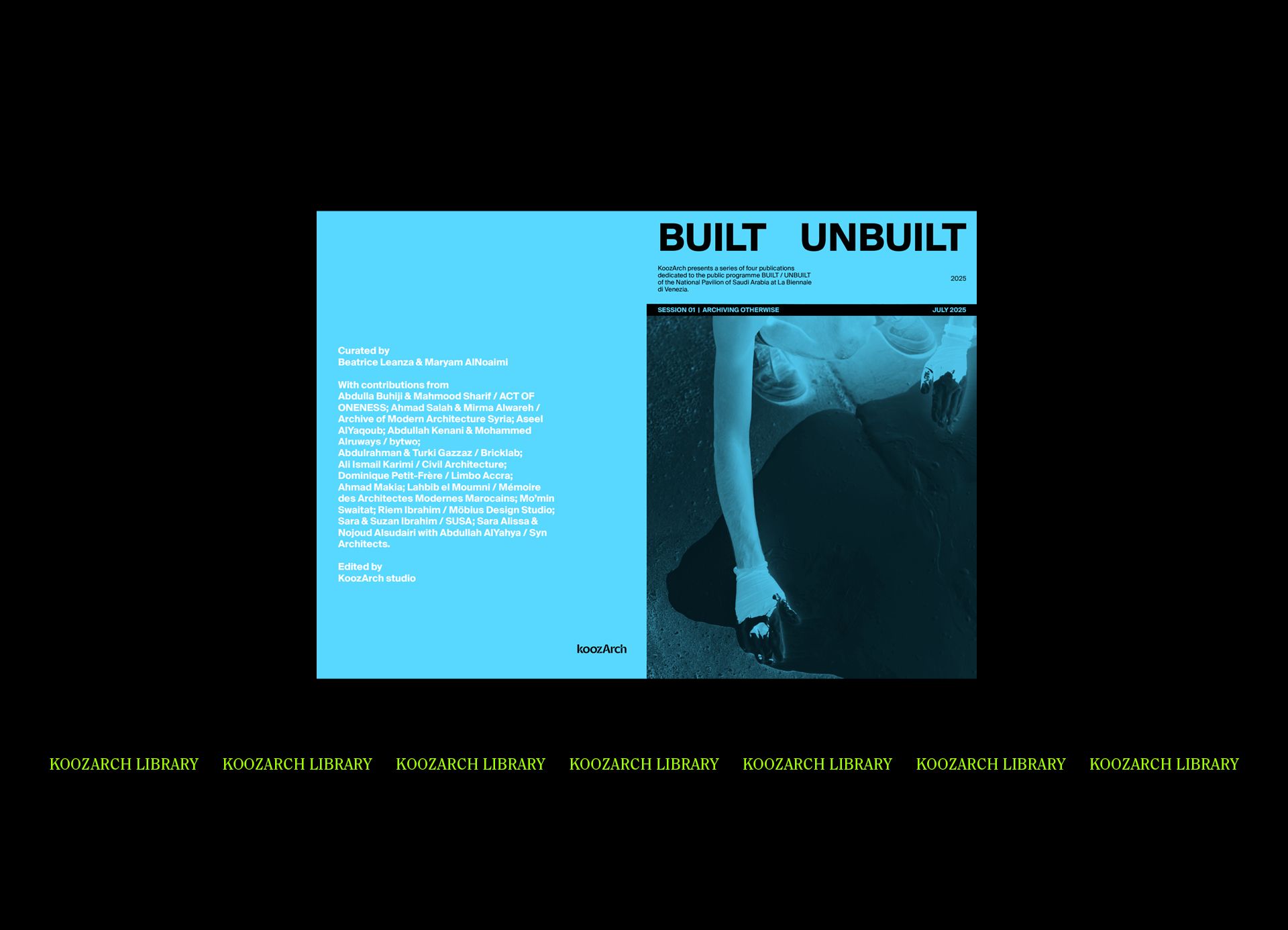In an era of over-exposure, how can we understand interstitial locations to be the true essence of our cities? Lisboa’s hidden Miradouro - the silver lining of the city’s abrupt geography- is proof of this reality. Both wanderers and locals stroll around finding new, unmarked nooks overlooking the time-layered urban tapestry coexisting with the Tagus estuary. With them, as part of this long-lost archive of resilient architectures are what could be considered Smithson’s ruins in reverse: decadent facades preserved as a testament to the collectiveness of the Rua. They enclose an unacknowledged wilderness that reclaims the telluric condition of the ruin, a post-anthropocentric materiality we remain oblivious to.
The proposal brings back this wilderness to the cycles of urban dialectic, setting ground for a new performative ideal of urban type. Mapping these memories with a conscious glance to the material heritage of the surroundings gives the project a purpose, a productive means. By providing the neighbourhood with pottery infrastructure for the local artisans, a new programmatic catalyst is introduced to the urban fabric, enabling new hybrid imaginaries.
A Clay Garden in Graça is an unfinished ruin, an exploration of how to redefine the notion of the commons. A space that serves its public agency but also is undefined enough so as to be shaped to the evolving needs of the community. With a liminal quality to its materiality, it tampers with time to mould it into a consensual apparatus of urban domesticity. The question is, what constructs the identity of a place? Is it the untold?
The project has been awarded with honors for the master's thesis project A Clay Garden in Graça at the Polytechnic University of Madrid [ETSAM].
KOOZ What prompted the project?
MP I lived in Lisboa for a year commuting in the tram that goes across the neighborhood of Alfama and every day I passed by what would turn out to be the site of the project. Such a quotidian act enlightened its easily unnoticeable identity, which in landscape theory would be considered genius loci, the unfinished quality of the wilderness and the architecture of the place.
You soon realize this is not an isolated event in Lisboa’s reality, small gardens are atomized around its oldest quarters in an effort to make use of the spatial oddities of its inherited urban fabric. With A Clay Garden in Graça, I wanted to evoke the multi-layered collective imaginary around these particularities, the raw honesty of these hidden gardens chronicling the times. Taking Caruso’s delicate reflection on construction: “An architecture that does not rely on language. An architecture whose physical presence has a direct emotional effect. Construction can [..] be considered as a media.”
The project materializes this desire to uphold the iconicity of the temporary. Almost as a self-assembled event made from the debris of its surroundings, through its construction it presents itself as an ode to the ever-evolving condition of the wilderness.

KOOZ What questions does the project raise and which does it address?
MP Closed lots with scaffolded facades constitute what can at first sight seem like one third of the urban fabric in Lisboa. Since the city’s regulations determine that every construction is part of the architectonic heritage, facades are preserved as a testament to the social intention of protecting this tangible legacy.
This architectural resilience is what inspires the key question of the project: what morphological aspects define the contemporary ruin? Through time, construction techniques and architecture itself have become more cost-efficient, and while historically architecture was replaced by catastrophes or armed conflict, our cycles now depend on programmatic obsolescence. Architecture has become a disposable good. On this thematic thread, the project questions the metabolic condition of our urban habitat, seeking to validate the ruin and its belonging within our public space. It approaches the subject by reviewing how this romantic decay survives our constantly shifting urban patterns. A Clay Garden in Graça explores how the act of construction can be a vernacular yet self-conscious act and by this how much presence does the building take from the original setting. Appealing to our innate urban imaginary where vernacular is the result of adaptation rather than formal intention, it acquires a latent scenographic condition, a subtle performative aura.
The question itself of how to create a new protocol for the ruin, a dialogue between constructive materiality and ephemeral atmospheres enclosed by those scaffolded facades, making visible the city’s philosophy of architectonic palimpsest.
In this context, underlying the whole concept of the project was how much presence would the building take from the original setting. The question itself of how to create a new protocol for the ruin, a dialogue between constructive materiality and ephemeral atmospheres enclosed by those scaffolded facades, making visible the city’s philosophy of architectonic palimpsest. Addressing the core notion of craftsmanship, A Clay Garden in Graça is an experimental matrix where digital manufacture, prefabricated construction and parametric optimization create a synergy between the traces of what was before and the physical artefact of the project.
KOOZ How does the project define notions of public and domestic today within the context of Lisbon?
MP Despite Lisboa being our continental gateway to the Atlantic, its singular geo-orographical condition grants the city an exceptionally tempered climate along with the challenge of an unreliable transportation system in its oldest quarters. This unpredictability -that quickly becomes the nightmare for outsiders- proves to be a humbling circumstance for the locals, a reminder to appreciate an uncommon kind (for some) of slow-paced reality.
As a natural result of this formula of gentle weather and long walks through the city’s seven hills, the urban strategy in the oldest neighborhoods is to multiply small-scale commerce. Radial networks are woven to create an intricate relational pattern of services throughout the quarter and the short-distanced and fragmented trips that evolve from these patterns activate public space as a transitional space for the commons. Almost every social gathering in Lisboa is held in the Rua becoming an intimately public one, life unfolds in the lower level of the buildings, with locals taking urban space as their own patio.
Domesticity is then understood as spontaneous participation, a social engagement in this urban reality. The project opens itself with a garden that before was secluded and alienated from physical experience. By making visible what has emerged from the city’s own flows, a Clay Garden in Graça attempts to embody how iconicity can be derived from quotidian social dynamics, from the domestic in itself. In tandem with this garden, the pottery workshop that the project proposes presents an opportunity for locals and artisans to participate in the architectonic evolution of the place. By providing infrastructure for such an inherent value in the neighborhood, the project becomes close, domestic. Without hidden pretensions or false attractions to its architecture it presents itself raw, honest, naked in its construction and temporality, as a fleeting realm to those who wander.
With a virtual reality taking as much space as the material world we move in, the act of making within the city has become a global action.
KOOZ What role does the act of making hold for the citizen and the city?
MP The idea of making is never stationary or linear. It is a cyclical event, a process that faces interactions with its medium and external agents, facing criticism and apparent ends, at some point even developing multiple simultaneous ramifications.
In our cities, constantly evolving, making is like a rebellious act against spatial inertia. With a virtual reality taking as much space as the material world we move in, the act of making within the city has become a global action. The citizen can now participate in urban realities across borders with an immediacy that was before impossible. The city is now more than ever dynamic. Public squares roar and streets bring counter narratives to the table. New tools for urban democracy, spatial justice and governance are challenging the obsolescence of traditional urban logics. By making and exchanging with the city the citizen is forging a diverse future, disabling segregated urban patterns and the currently limited algorithmic decision-making.
Moreover, in the context of this current pandemic, it is key to revise our notion of the commons. We are facing infrastructural problems that demand our cities to keep up with an accelerated adaptability. We have to reshape how we interact with our metropolis through urban mobility, overcoming the typological shift of fluctuating architecture. Proposing a post-pandemic city where architecture would be programmatically undefined and mutable without being repressed to a planar and shallow spatial dimension, but rather with a capability to nurture multifaceted identities.
KOOZ How and to what extent does the project explore and challenge the role of architecture in making communities?
MP Following the previous concept of public domesticity characteristic of Lisboa’s old quarters, it comes as very natural to assume the deep sense of community rooted down to the cobblestones of the place. Despite the wave of mass tourism, the neighborhood strives to remain true to its tradition. Reacting to this situation and hoping to forge new bonds in the community, A Clay Garden in Graça reclaims the social commitment of architecture. It dignifies the belief that the city should be for its people, that the community is strong enough to create a circular production system to restore the architectural heritage while creating a safe space for creation and reunion. With a garden open to all, it also hopes to integrate the foreigner seeking to learn more about the city’s patrimony, forging a strong sense of belonging.
In our cities where production is the main force that drives political and therefore urban decisions, standing against standardization of the spaces we inhabit is somehow a rebellious act. A Clay Garden in Graça explores this challenge by presenting a productive core for the community with the main premise being to include everyone despite their age or origin. It is the honest experience of the city which becomes an asset now, the tales and memories from the remains of previous generations which guide the local artisans to recover the city’s craft, the heart of its material heritage.
KOOZ How does the design seek to reinforce the notion of place and make the project puts forth?
MP Design plays a fundamental role in the technical definition of the project. The main premise regarding the materiality of the project was to integrate clay as the fundamental component present in every major constructive element. This decision presented the challenge of how to bring together such a specific production process as the one of pottery and the structural and spatial outline of the whole project. The different agents such as the vases, the azulejo and the kilns are literally what constitute its architectural body. To achieve this, complex parametric workflows and computational design had to integrate both the material and the energetic capacities of each component to create a whole synergy. Processes that usually develop within unitary components had to be stretched and interrelated to function at an architectonic scale. Perception of the built environment and the true boundaries of an enclosed space blur, giving place to a more open and undefined notion of the inhabited space.
Going back to the technical definition of the project, the whole structure is specifically designed to be assembled on-site with the capacity to be removed without compromising the traces of the original façade. The pillars and the metal framework that along with the kilns support the vase flooring and the roof shell, adapt their configuration to the disposition of the clay elements, making them the lead character of the architectonic event.

KOOZ What is for you the architect's most important tool?
MPStaying awake, being an observant onlooker. We seek inspiration in what surrounds us. The constant flux of visual references, cultural media, and the fact that our social behavioural knowledge -and spatial logics- are being challenged to evolve overnight demands an unprecedented resilience of designers. We take up space and materialize political and historical moments with our decisions in a way that makes us be aware of the social critical feedback, looking back with perspective to the roots of our identity.
Our agency has a political role, enabling and articulating collective discussion and for this we need to have an awake gaze. Listening more than talking, reading more than writing; we have to take in to be able to give back with equity. Never taking for granted that we have taken into account every possible outcome or scenario, staying conscious of the scope of simultaneous realities we live in.
Bio
Monica Palfy is an architect and researcher born and raised in Madrid. Currently researching experimental codes in landscape cartography and the fabricated ethnography around Central Park in relation to socially-committed urban planning; spatial iconicity in collective memory and bodily relationship with territory, identity and contemporary mass-media.





